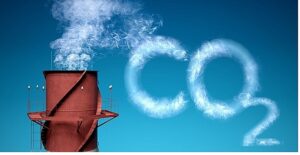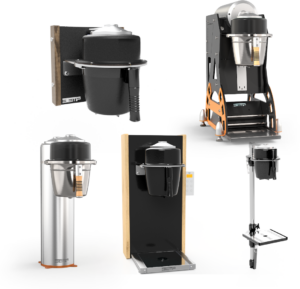Your Attractive HeaWe list the top 3 environmental issues in the coffee equipment industryding
- The coffee industry’s most prominent environmental issue and impact is idle or ready-mode machine equipment. Units using a heating tank or heating plate are “eating” a lot of energy during the day.
- The second biggest energy eater is the machine service and support. Having machine breakdowns will cause service car travelling and more parts production.
- If you calculate the machine’s lifetime for five years, material and production are less than 5% of the total energy consumption.
Environmental issues and how to solve them?
- Our automatic “pour-over” design and patented brew technology let us adjust the temperature, contact time, and puls water. Creating the best taste during the brewing process. To do this, you can’t work with a tank. You need to run through heat exchangers or induction heaters. Another significant benefit is that we keep the oxygen and minerals in the fresh unheated coffee water, which is the basic if you want good coffee.
- In our business model, “Brewer as a Service“, we can’t have cheap destructive components breaking down because that will directly affect us financially. We need to work with solid, reliable parts that we quickly refurbish in our designs. To keep an eye on these machines, we have 2-way connectivity to help our customers change recipes, track failures, restart, guide service etc. Most important is 100% machine uptime for our customers.
- Intro: The critical element of a circular economy is the rational management of raw materials, including metals, energy, chemicals, industrial raw materials, water and biomass. The circular economy aims to boost economic growth without increasing the consumption of resources. It creates many opportunities for the rational use of raw materials. I.e. reducing and optimising the use of materials, industrial symbiosis, recycling, reuse, redistribution, re-selling, refurbishment, remanufacturing, maintenance, repair, service, etc.
Read more at Cluster Collaboration.





